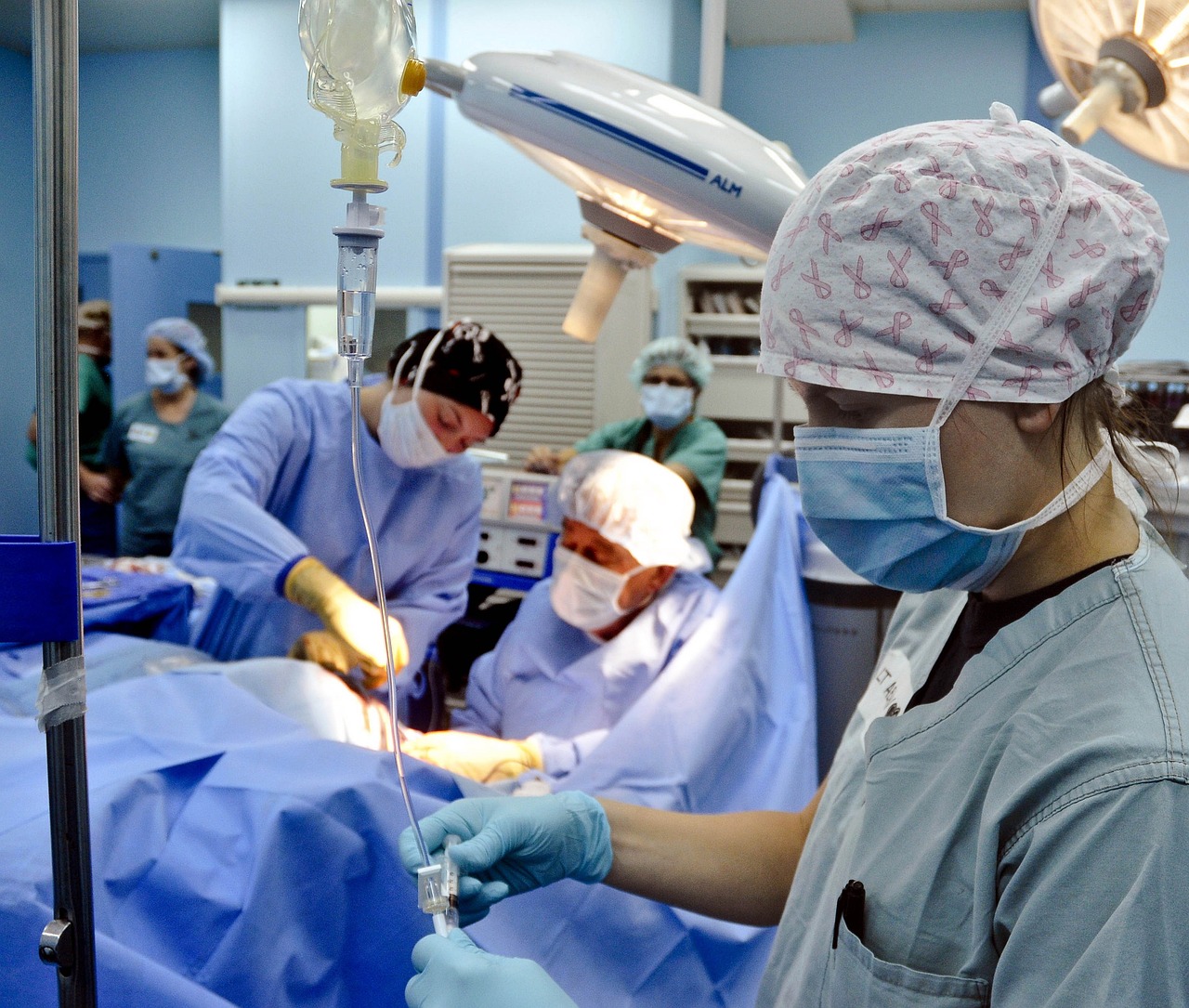Surgeons have always relied on their steady hands and acute senses to perform complicated procedures. However, thanks to recent advancements in technology, those capabilities have been enhanced greatly through the use of robotic surgery.
Robotic surgery is the use of robot-assisted tools to perform surgical procedures. It takes conventional surgery to the next level by allowing doctors to operate with greater precision and accuracy. It’s an incredible advancement that is transforming the medical field.
One of the main advantages of robotic surgery is its precision. The robotic tool used is capable of movements with greater accuracy and stability than a human hand. This results in a smaller incision, which means less blood loss, a faster recovery time and less scarring for the patient.
Another benefit of robotic surgery is that it allows surgeons to access hard-to-reach areas within the body. This is especially beneficial for certain operations, like prostate surgery, where the target area is difficult to access using traditional surgery.
Robotic surgery also reduces the amount of time it takes to perform some procedures. It allows for shorter hospital stays and less time in the operating room.
One of the key components of robotic surgery is the surgeon’s control console, where they direct the robotic tool. The console provides the surgeon with a high-definition, 3D view of the surgical area, while the robotic tool mimics the movements the surgeon makes with their hands. The robotic tool is designed to be more flexible than a human hand, allowing surgeons to make delicate movements with ease.
To ensure the best possible results, the surgeon undergoes extensive training to learn how to operate the robotic tool. This training includes several practice sessions using the console and the robotic tool to simulate a surgical procedure before ever using it for the first time on a patient.
Of course, like any medical advancement, there are some critics of robotic surgery. Some argue that it’s not as cost-effective as traditional surgery. While it’s true that there is a higher initial investment in robotic surgery equipment, the long-term benefits can outweigh the costs.
Another concern is that robotic surgery is not widely available in all medical facilities. However, as demand for robotic surgery increases, more and more hospitals are investing in the equipment needed to perform these advanced procedures.
Despite these concerns, many doctors believe that robotic surgery is the future of medicine. The benefits of robotic surgery are numerous, and the technological advancements are constantly improving. In the coming years, we can expect to see continued growth in the use of robotic surgery for a wider range of procedures.
Robotic surgery is an exciting and revolutionary advancement in the medical field. It has the potential to change the way surgeons approach certain procedures, making them more efficient and effective. While it’s still a relatively new technology, it’s clear that robotic surgery will only continue to grow in popularity and scope.
